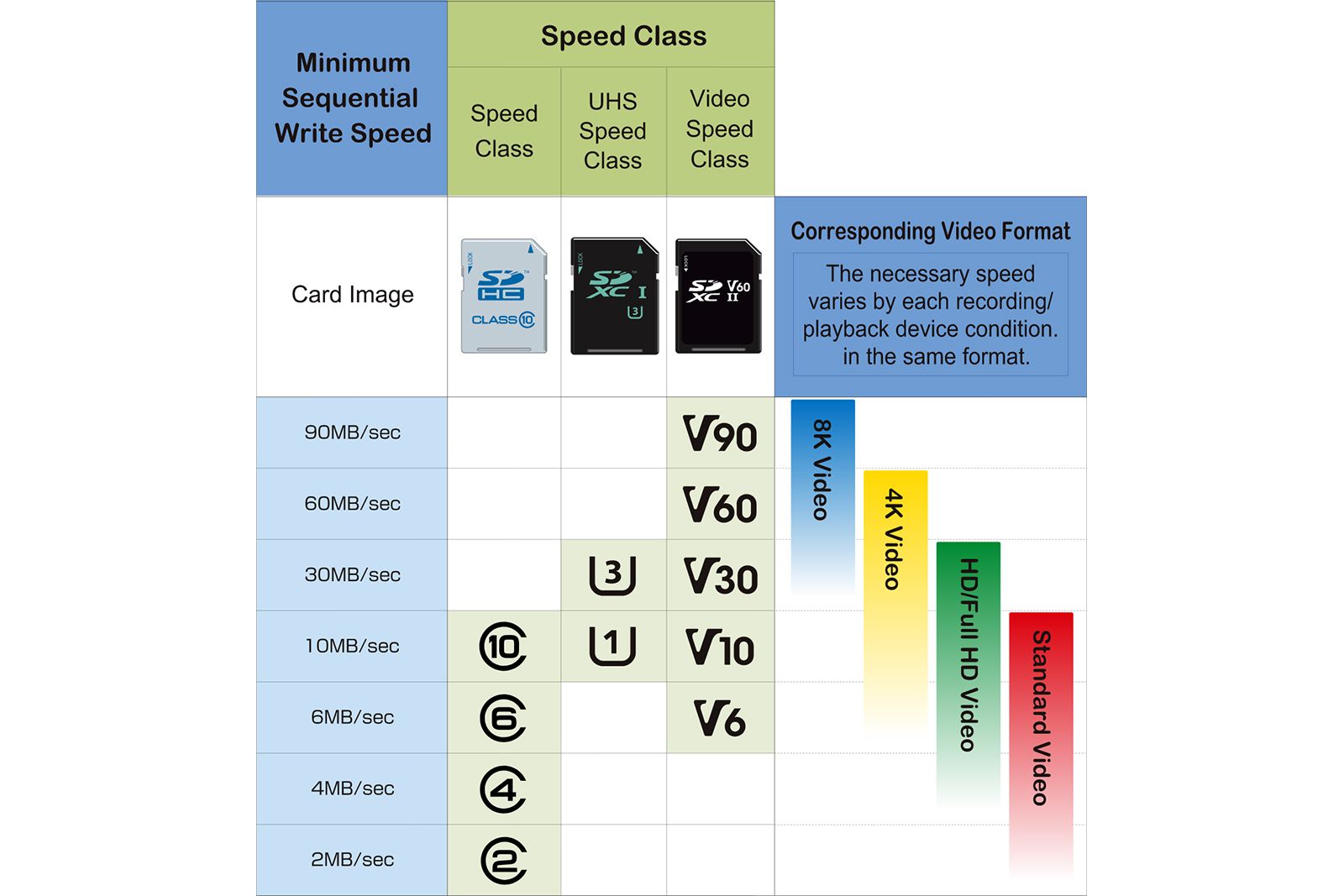If you buy a DSLR or mirrorless camera, you’re in for an exciting photography journey. But there’s one thing you’ll definitely need to get up and running, and that’s an SD card. Today, with frame rates, resolutions, and bitrates increasing rapidly, our need for fast, reliable mass storage is greater than ever.
Of course, many modern devices, such as cell phones and drones, use smaller microSD cards. While we include a microSD card here, we also have a dedicated guide for this. Most cameras will opt for full-size SD cards, though, so that’s what we’ll mainly focus on here.
-

SanDisk Extreme Pro 1TB SD Card
Best Overall SD Card
-
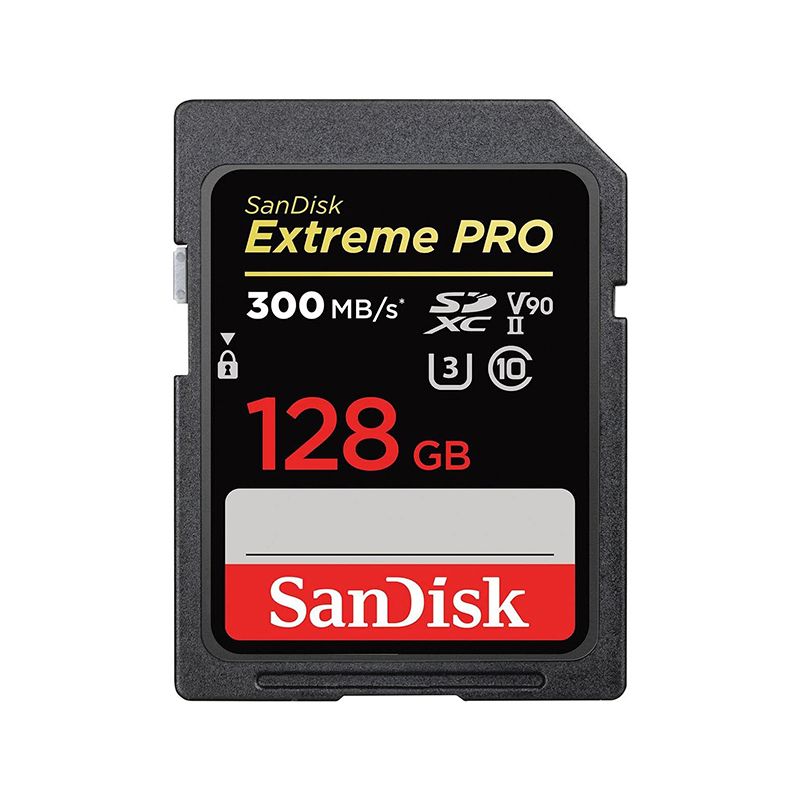
SanDisk Extreme Pro SD Card
Best SD card for speed
-
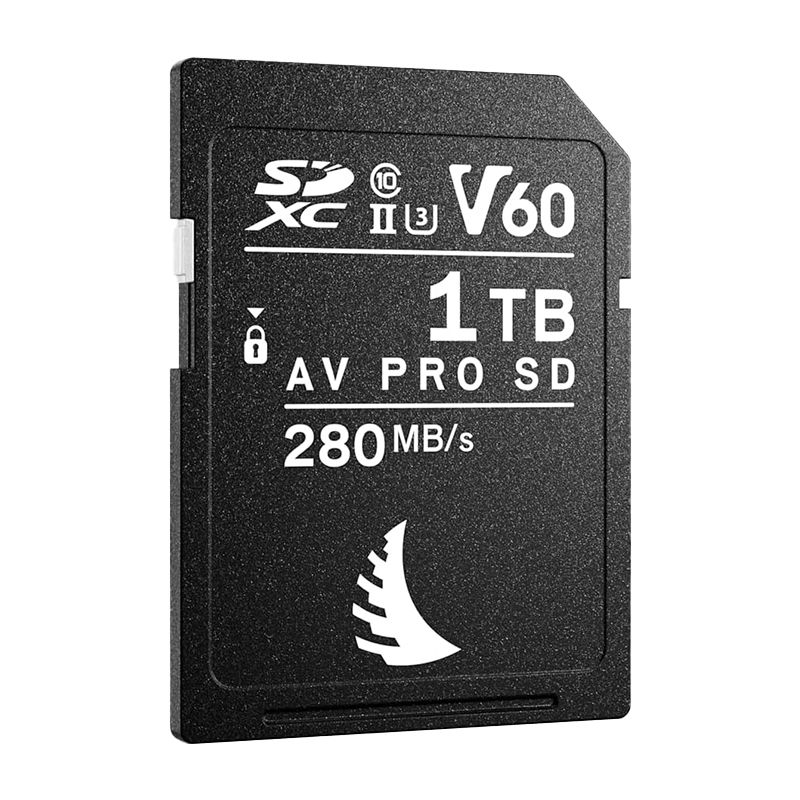
Angel Bird 1TB AVPro MK2
The best large capacity SD card
-
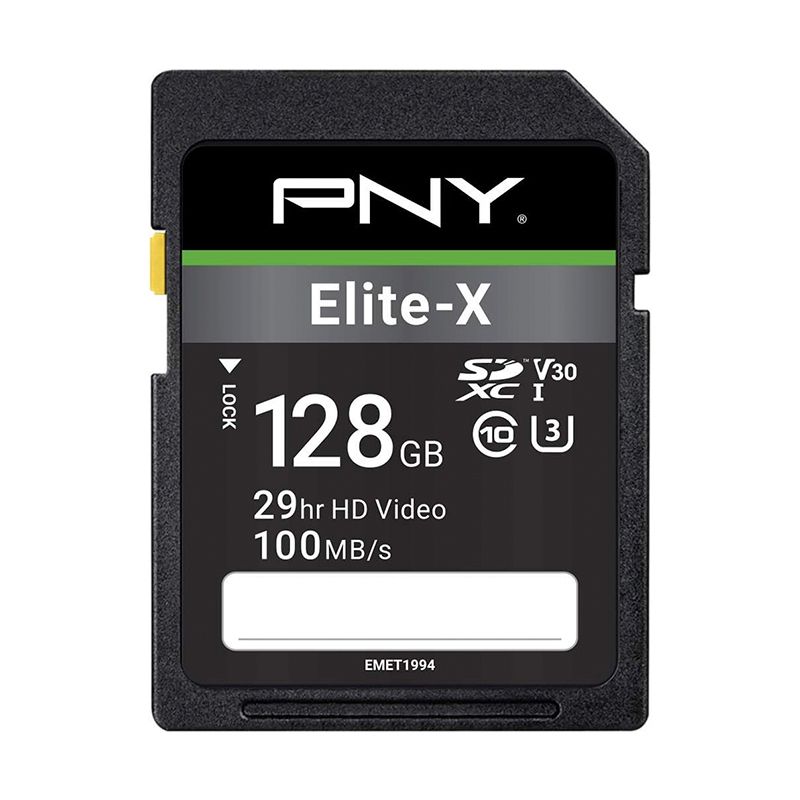
PNY Elite Performance SDXC
Best Budget SD Card
-
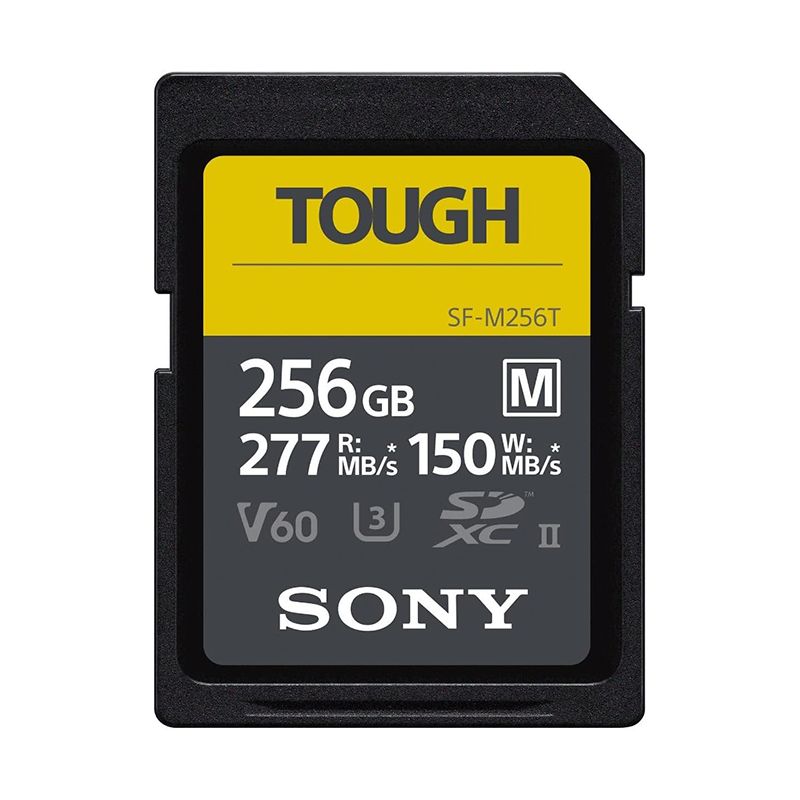
Sony Tough-M Series SDXC UHS-II
Best Durability SD Card
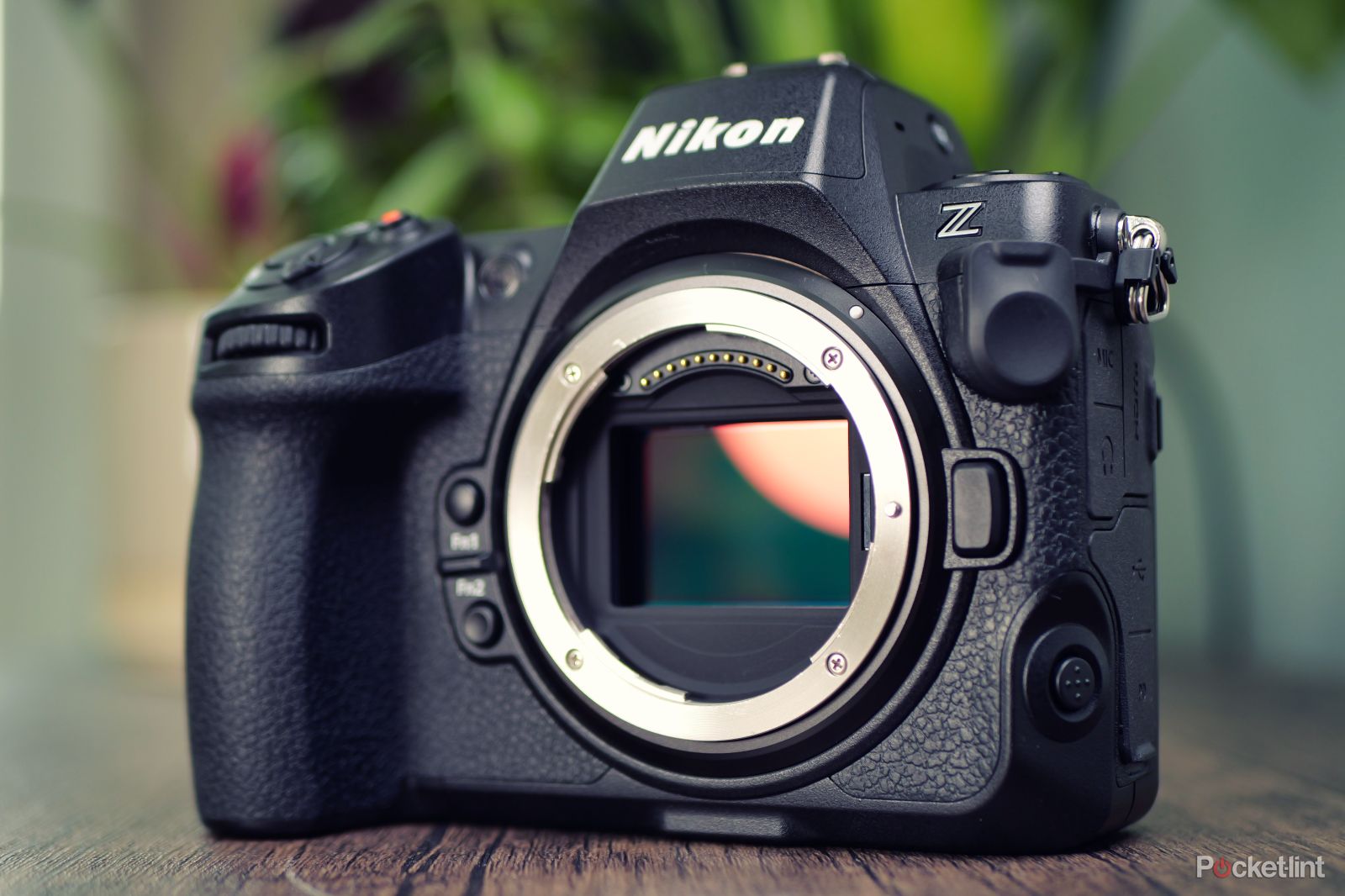
Best mirrorless cameras: Top models from Nikon, Canon, Sony, and more
If you are looking for a camera that is both lightweight and powerful, then a mirrorless camera is the way to go.
Whether you need a super-fast card that can handle ProRes and 8K video, or just an affordable place to store your vacation snaps, we’ve got you covered. Here are the best SD cards available today.
Best SD Cards: Our Top Picks
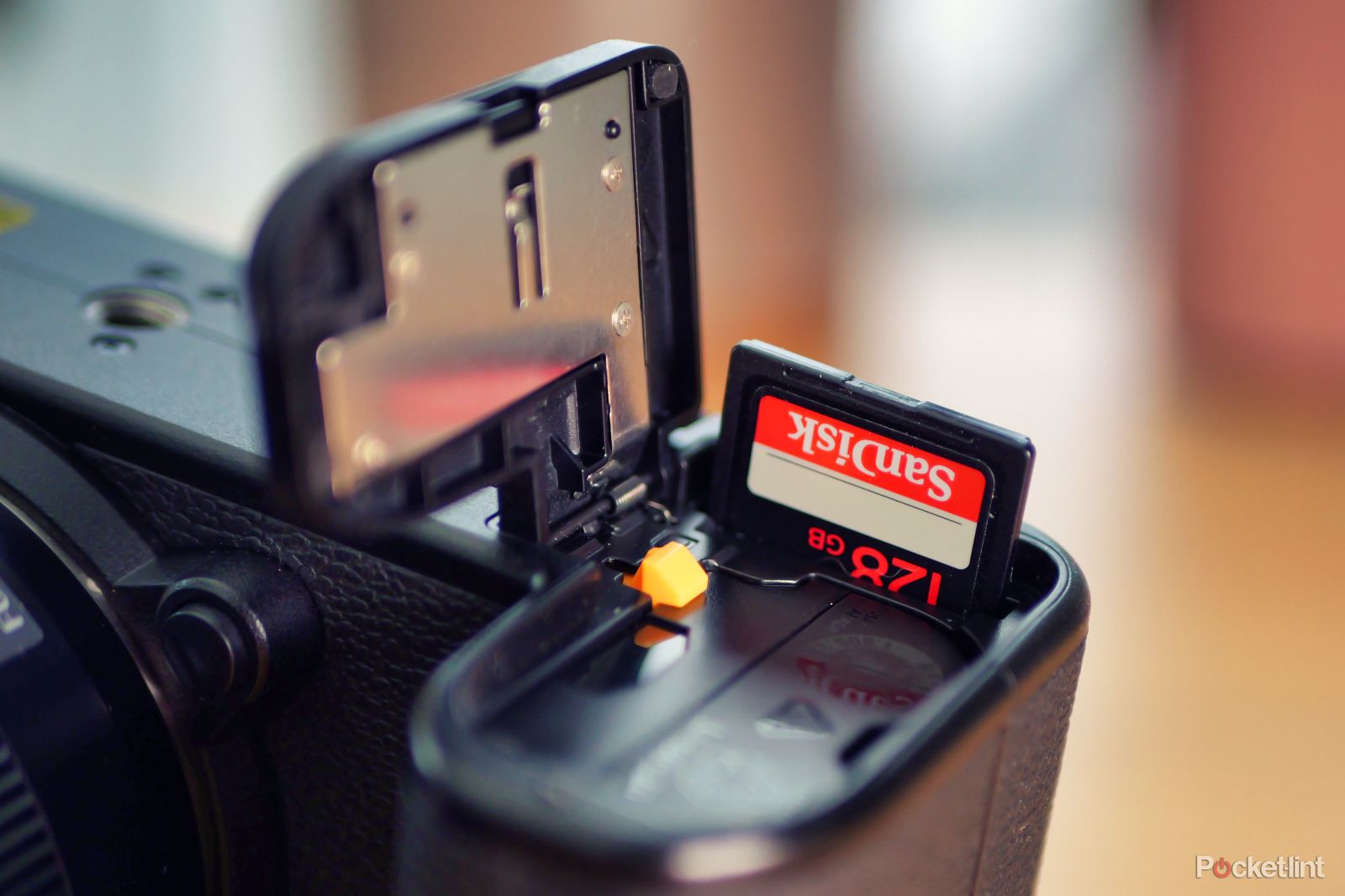 How to choose an SD card
How to choose an SD card
Memory cards are filled with numbers, abbreviations, and symbols. When it comes to choosing a card, it can be incredibly confusing what it all means and what’s really important. Below, you’ll find some key things to consider so you can choose the card that best suits your needs.
capacity
Capacity is the first and easiest thing to decide. Before we discuss which capacity is best, you may notice that while we refer to these cards as SD cards, the product listings all mention SDXC. The XC in the name simply stands for extended capacity. It includes any SD card with a capacity of 64GB to 1TB. SDHC refers to high capacity cards, ranging from 4GB to 32GB. The currently rarely used SD card has a maximum capacity of only 2GB.
When choosing a capacity, it’s best to choose a card with a relatively large capacity, such as between 64GB and 256GB, rather than the largest card. This is to provide enough space for photos and videos while still providing some protection against card failure. Losing images on a 64GB card is much less costly than losing an entire 1TB card.
of course there are exceptions. For those who shoot long videos, a 512GB or 1TB card may be needed. Or, if you always shoot with two cards at the same time, you can use the larger capacity card instead of changing it more often. Regardless, keep in mind that SD cards are not suitable for long-term storage. Be sure to transfer content from the memory card and back it up to the hard drive frequently.
Reading speed
The next mark to note is the read speed. This number refers to how quickly you can open something on the card. For example, it affects the transfer time required when transferring data from the card to your computer. Keep in mind that these are the maximum speeds promised by the manufacturer, and real-life speeds often fall short of these numbers. If you want to get anywhere near this number, be sure to invest in a quality card reader, as cheap card readers will slow down transfer speeds.
The reading speed is also shown via the bus interface, which is UHS-I or UHS-II. UHS-I cards offer transfer speeds of up to 104MB/s, while UHS-II offers transfer speeds of up to 312MB/s. It is worth noting that the camera is compatible with one of them. This doesn’t mean you can’t use a UHS-II card with a UHS-I device, but you only get UHS-I speeds, which means you pay for the speeds you don’t use.
If you don’t transfer large batches of files frequently, a UHS-I card will be sufficient for your needs. But if you’re a professional photographer working on large-scale shoots, investing in a UHS-II card will save you some trouble and time.
Write speed and speed classification
Write speeds and speed classifications get even more confusing. The card itself usually doesn’t list an overall maximum write speed, and manufacturers sometimes don’t provide this number at all. Beyond that, there are three main criteria, all trying to convey the same thing – minimum sequential write speed.
- The V on the card refers to the video speed rating. The number after V indicates the minimum sustained write speed. For example, the V90 card offers a minimum sustained write speed of 90MB/s.
- The U on the SD card is another measure of speed rating. There are two options: U1 and U3. The U3 card is rated to sustain write speeds of 30MB/s, while the U1 can sustain 10MB/s.
- Finally, C also refers to minimum sequential write speed, with five different grades: C2, C4, C6, C8, and C10. This number represents the guaranteed sustained write speed, so the C10 will deliver 10MB/s sustained speed.
Writing speed is very important for videographers or people who take quick bursts of photos. Slow write speeds can slow down these bursts or cause problems recording video. So, if you are an action photographer or videographer, look for memory cards with fast writing speeds. If you don’t shoot video or fast action, you can save some money and choose a slightly slower card.
This handy chart explains the different classifications. However, your camera manufacturer may also list speed recommendations on its website.
SD Association
microSD vs. full size
SDXC cards are available in full-size and micro versions. Drones, tablets, action cameras, and phones use the microSD format, while cameras use full-size SDXC cards. Most microSD cards come with an adapter, essentially making it a full-size SD, meaning you can use it in devices that use the format. But should you?
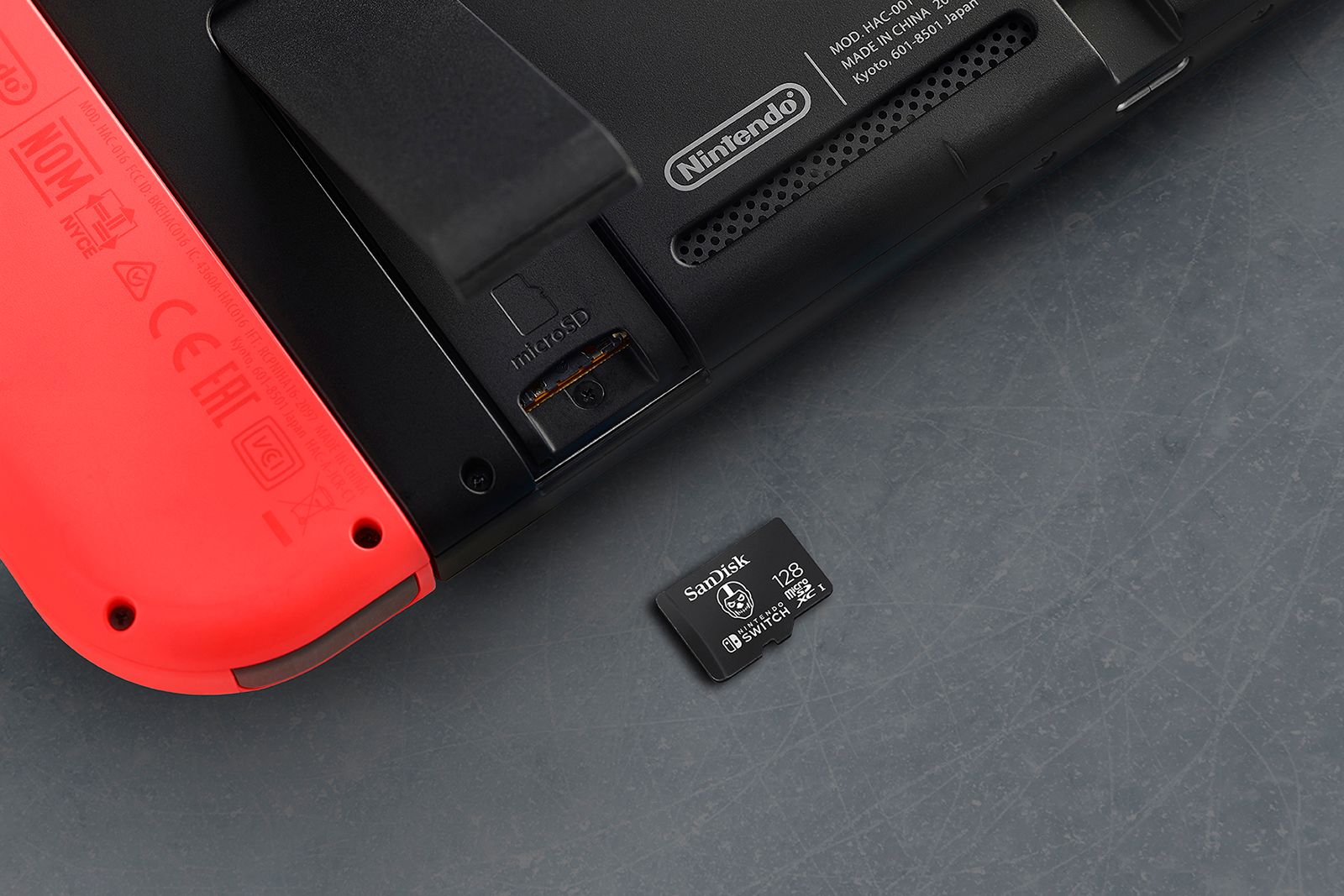
Best microSD cards: Small devices that greatly expand storage space
Don’t let the name fool you, these cards have plenty of storage and offer strong performance.
If you buy a quality adapter from a reputable brand, the microSD card inserted into the adapter will work just like it would on its own. You’ll get the same speed and performance as before. However, if you frequently take the microSD out of the adapter and use it with different types of devices, you may wear out the pins more quickly, making the card more susceptible to failure than with a full-size SD. Likewise, the adapter is another component that can fail. So, in general, it’s best to use full-size cards in devices that require them, and keep microSD on devices that use that format. Keep the adapter for transferring files or if you need a memory card in an emergency.
